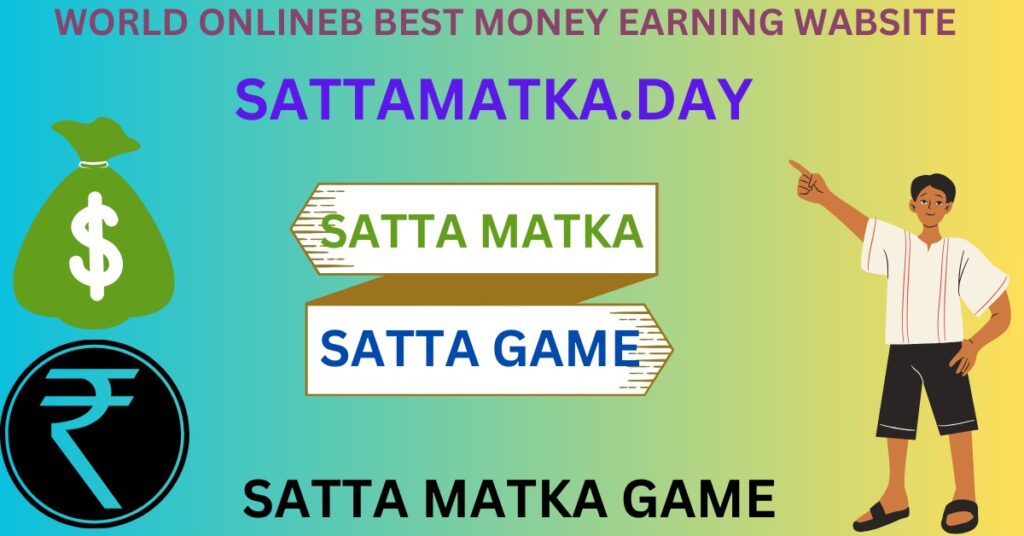Introduction:
Satta Matka, a popular form of gambling in India, has been a topic of debate for decades. While some view it as a thrilling and rewarding venture, others see it as a risky business fraught with legal and financial implications. In this exploration, we delve into the world of Satta Matka, examining the risks and rewards associated with this age-old game of chance.
Understanding Satta Matka:
Satta Matka originated in the 1960s as a form of betting on the opening and closing rates of cotton transmitted from the New York Cotton Exchange to the Bombay Cotton Exchange. Over the years, it evolved into a full-fledged gambling phenomenon, with participants placing bets on numbers drawn from a matka (pot). The game has a complex set of rules and multiple variations, adding to its intrigue and appeal.

Risks Associated with Satta Matka:
- Legal Implications: Matka operates in a legal grey area. While some states in India have banned it, others tolerate its existence with certain restrictions. Participants and organizers alike face the risk of legal consequences, including fines and imprisonment. The unpredictable nature of legal enforcement adds an element of uncertainty to the game.
- Financial Losses: Gambling inherently involves the risk of financial losses. Participants often invest large sums of money in the hope of winning big, but the odds are stacked against them. The allure of quick riches can lead to substantial financial setbacks, impacting individuals and families.
- Addiction and Social Consequences: The addictive nature of gambling, including Satta Matka, poses a significant risk. Individuals may find themselves caught in a cycle of chasing losses, leading to financial ruin and strained relationships. The social consequences of gambling addiction can be severe, affecting not only the individual but also their immediate social circle.
Rewards Associated with Satta Matka:
- Financial Gains: One of the primary reasons people engage in Satta Matka is the potential for significant financial gains. Winning a Satta Matka game can result in a substantial windfall, making it an attractive prospect for those seeking quick profits.
- Thrill and Entertainment: Satta Matka is not merely about money; it also offers participants a unique form of entertainment and excitement. The thrill of waiting for the results and the anticipation of winning contribute to the game’s popularity.
- Community and Tradition: Satta Matka has become ingrained in certain communities, with a tradition that has been passed down through generations. For some, participation in Satta Matka is a cultural activity, providing a sense of community and shared experiences.
Conclusion:
Satta Matka exists at the intersection of risk and reward, offering participants a chance at financial prosperity while carrying significant legal and personal risks. The decision to engage in Satta Matka should be a well-informed one, considering the potential consequences and understanding the complexities of this age-old gambling tradition. As the debate surrounding the legality and morality of Satta Matka continues, individuals must weigh the risks and rewards carefully before deciding to participate in this unpredictable game of chance.